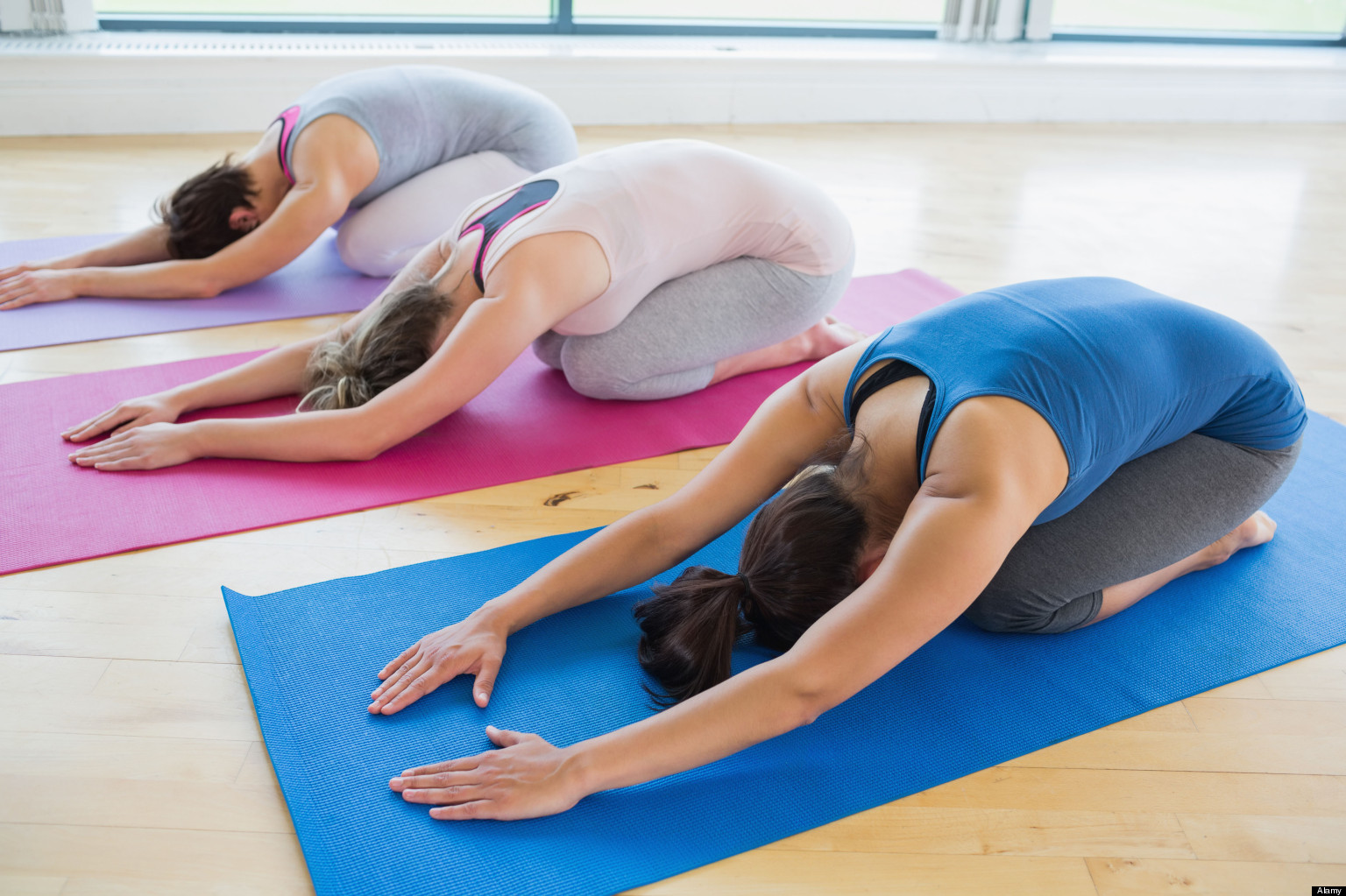
Researchers are set to discuss and make recommendations on the safety and efficacy of oral tablets used to treat ragweed allergy symptoms, during a public meeting of the Allergenic Products Advisory Committee, organized by the Food and Drug Administration (FDA).
There is more to seasonal allergies than a little congestion and sneezing. If you notice eating watermelon, cantaloupe or avocado make you cough and itch, it may be a symptom of ragweed allergy. But more help might be on the way for some of the 23 million hay fever sufferers.
“The committee is likely to approve these tablets which will mark great improvement in the fight against allergy,” allergist Michael Foggs, MD, president of the American College of Allergy, Asthma and Immunology (ACAAI), said. “Once the committee and then the FDA approve the tablets, allergy sufferers will have another form of treatment available to them.”
If the committee, which granted approval for grass allergy tablets in December, also approves the ragweed allergy tablets, the FDA will then have to approve both the grass and ragweed tablets before they can be made available to allergy sufferers.
Currently, the best treatment for those with moderate-to-severe allergy symptoms is allergy shots, also known as immunotherapy. This treatment requires tiny injections of purified allergen extracts.
A pill a day may seem more appealing than getting shots. So why bother with allergy shots anymore?
Dr. Foggs said that allergy shots can be customized to provide relief to multiple allergens, including tree, grass, weed, mold, house dust, dander, and mold, while offering the assurance of more than 100 years of experience in causing remission, not just symptom relief in allergy.
The researchers think there may be pros and cons of these differing forms of treatments. Board-certified allergists can help patients make good short-term and long-term choices.
Source: Yahoo news










